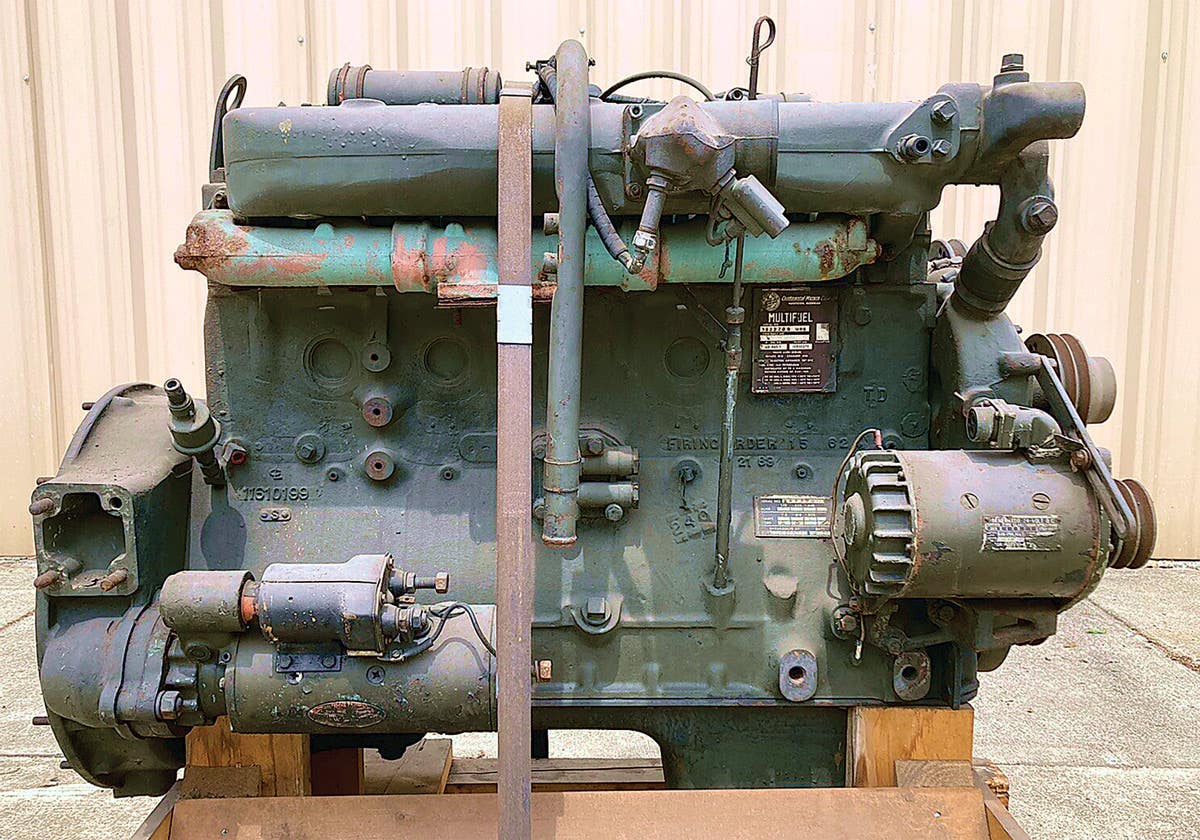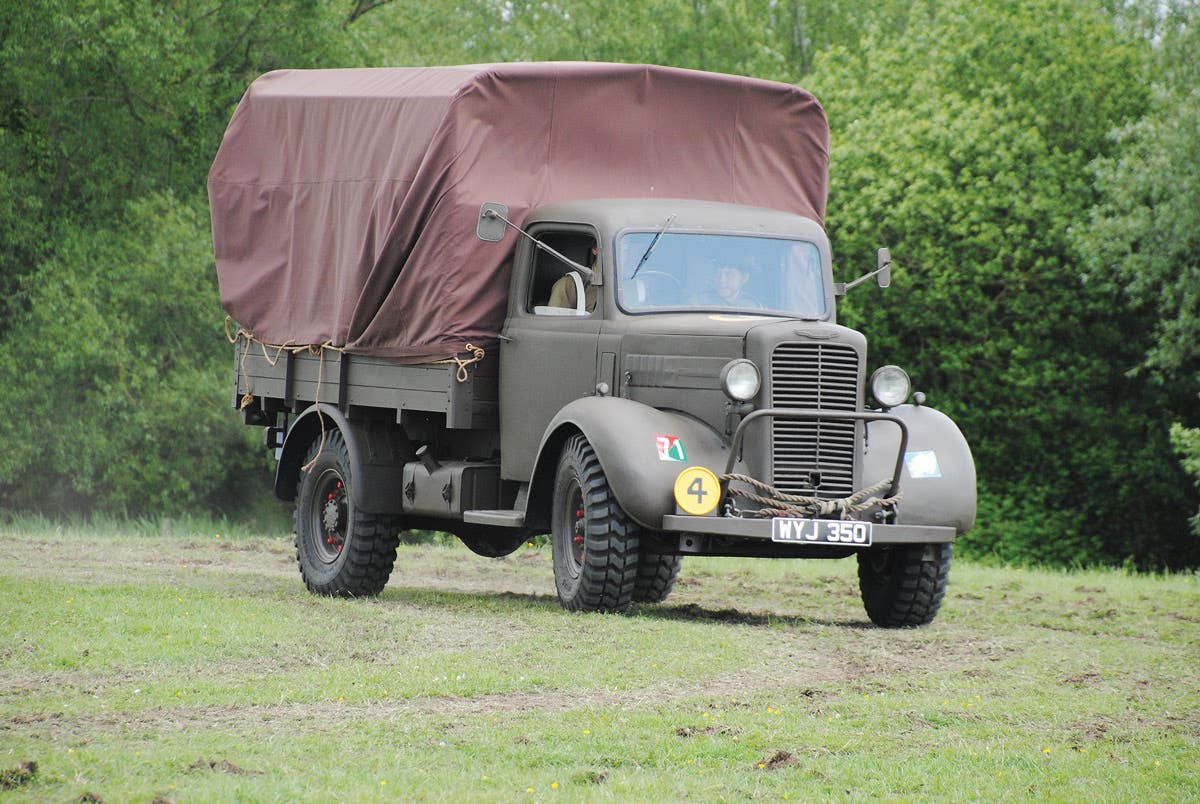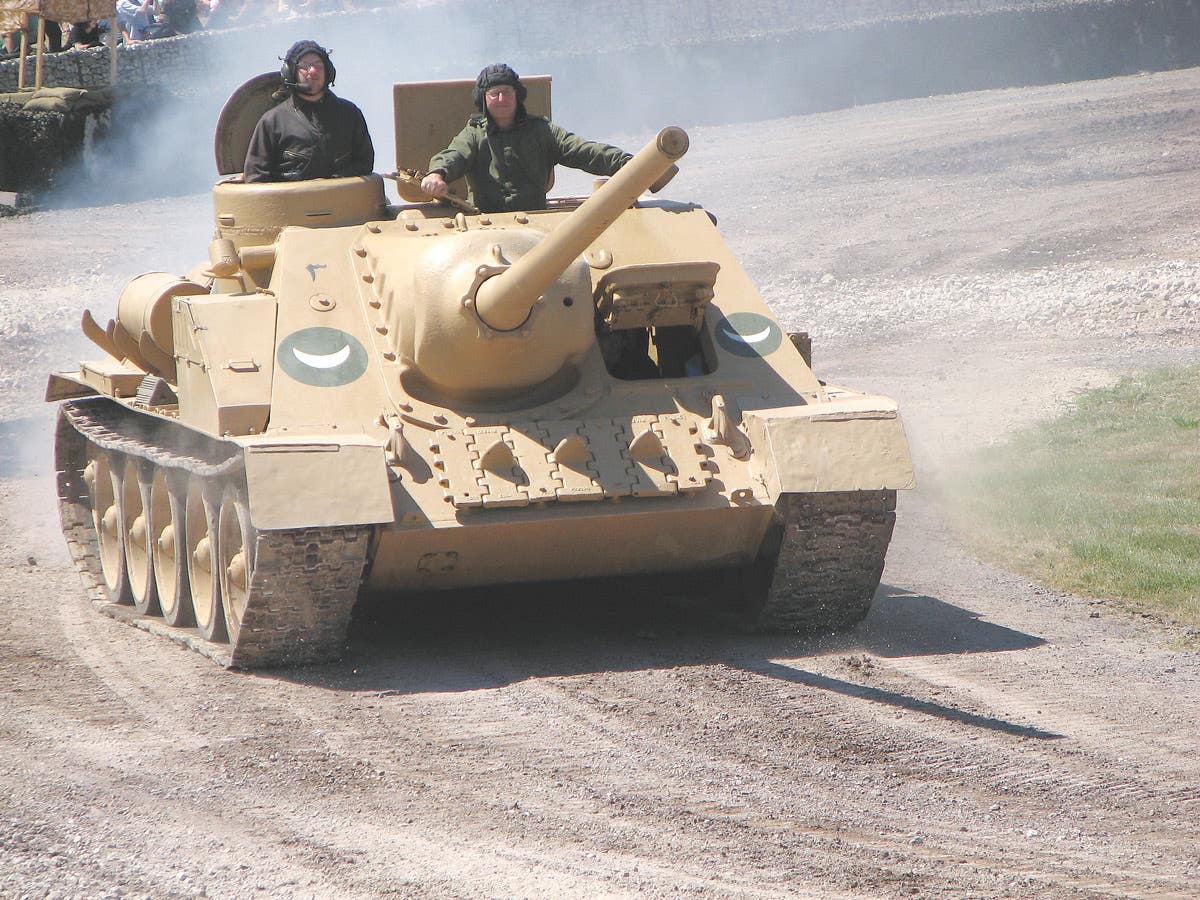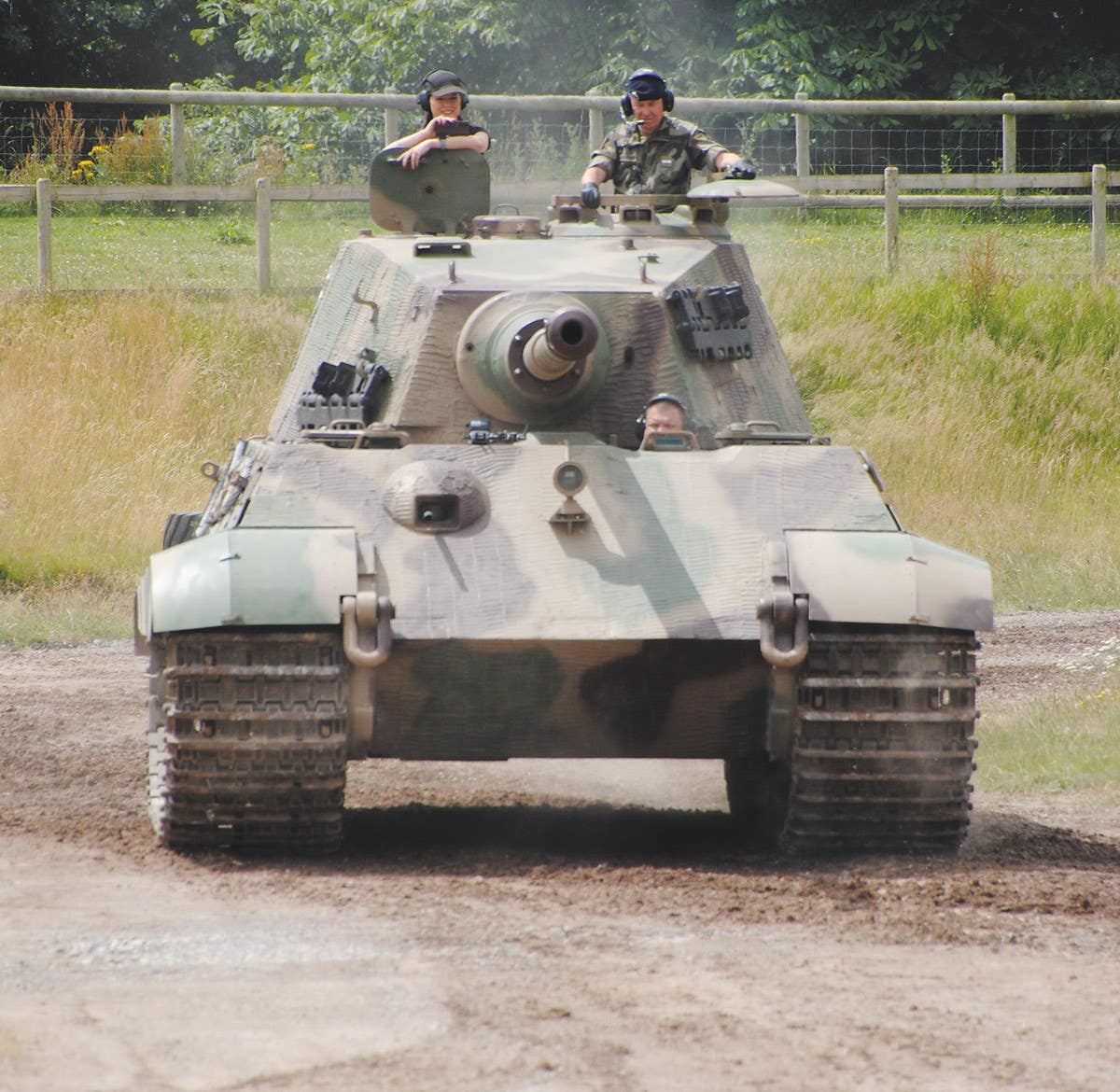WWII G-622 Ford GTB: A great “little workhorse”
Originally designed for the US Army, Ford produced more than 15,000 of these odd-looking 1-1/2-ton 4×4 truck during WWII — most serving with the US Navy or USMC
Military vehicles often have two titles. The first is the “official designation,” such as the “G-503” quarter ton-truck or the “M4” medium tank. Then, there are the names given by the troops, like “Jeep,” “Peep,” or “Sherman.” On occasion, though, a vehicle can emerge with a familiar title that can lead to serious debate about the appropriateness of name.
One such vehicle is the Ford GTB-622 which was referred to as the “Burma Jeep” –a name that persists today. The term is somewhat misleading, because the vehicle is very obviously not a Jeep (in the same sense as a Willys vehicle of that name), and nobody knows for absolute certainty whether or not examples were used in Burma. The truck’s official title was the “GTB-622 1.5 ton cargo truck,”Between June 1942 and the end of the war, Ford produced some 15,000 vehicles at its Edgewater Plant in New Jersey.
ORIGINALLY DESIGNED FOR THE ARMY
The G-622 was originally developed for the US Army, but there were some who did not believe it suited their purposes. The Army preferred something heavier and larger with more cargo carrying capacity.
The basic version of the G-622 weighed 7,250 lbs and could carry a payload of 3,000 lbs, which was comparable to some much larger trucks. The vehicle measured 16.40 feet in length, 7.28 feet in width and height to the top of the engine hood was 4.49 feet.
The US Navy and the US Marine Corps were not so bothered about the size of the vehicle as was the Army. And so it was, that they adopted it for use, almost exclusively in the Pacific Theatre of Operations.
There is some indication that the G-622 may have been used in some numbers on the Ledo Road, a supply route stretching 717 miles from Ledo to connect with the old Burma Road and on into China, where they transported supplies to the Chinese. The route was built by American military personnel, supplemented with a massive local labour force, and it may be from this association that the vehicle acquired its nickname of “Burma Jeep.”
Fitted with a Ford Model G8T six-cylinder L-Head inline gasoline engine, developing 90.7 bhp at 3,400 rpm, the Burma Jeep could reach speeds up to 45 mph. It was fitted with a four-speed gear box and a two-speed transfer case with a a fuel consumption of nine miles to the gallon and an operational range of 200 miles with a full tank on normal roads. However, in the rough terrain on the Ledo Road and fully loaded, this would have been greatly reduced.
FORD GTB VARIANTS
Apart from the basic GTB truck version, the vehicle was produced in four other variants. This included the GTBA truck, GTBS bomb service truck and the GTBC, an improved bomb service truck, all of which were used by the US Navy. The fourth version was designated GTBB which was a wrecker truck for recovery service.
The GTBB is the rarest of all versions because only fifty of these were built. Both bomb service versions were fitted with cranes which may account for the discrepancy seen in some reference works concerning the weight of the vehicles. All versions had a turning radius of 32 feet and could ford water depths up to 25 inches.
Both bomb service versions were fitted with cranes which may account for the discrepancy seen in some reference works concerning the weight of the vehicles. The bomb version trucks were used by ground crews to rearm aircraft operating from the airfields on the islands recaptured from the Japanese. They were ideal for such work, and wartime photographs show them towing trolleys of bombs to the waiting aircraft.
The vehicle was fitted with either a Gar Wood or Braden MU-6 type winch mounted on the front and rated to 10,000 lbs. Apart from the driver one or two men would ride with the vehicle to load the cargo. It was never armed and the weapons carried were the rifles of the crew. All models, except the GTBS version, had dual rear wheels.
The driver’s cab had a canvas top and the rear cargo area was also covered by canvas top supported on a frame. Apart from the cargo load, the Burma Jeep could be fitted with seats to transport troops and even carry stretchers in an emergency.
The passenger seat had an unusual configuration, being a folding-type that faced the driver. This meant the passenger traveled sitting sideways.
GTBs OF MANY COLORS
Whereas the Army took delivery of Burma Jeeps painted olive drab, the US Navy favored vehicles painted in “Ocean Gray.” The vehicle remained in service after the war and some were used during the Korean War of 1950-1953. The last examples are believed to have been retired from service as late as 1967. Examples of these peculiar “jeeps,”including the bomb service versions, are occasionally scene at shows, each having been faithfully restored by private owners.

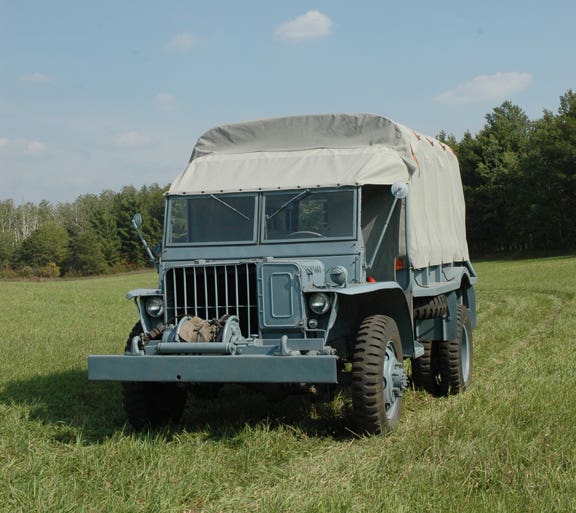

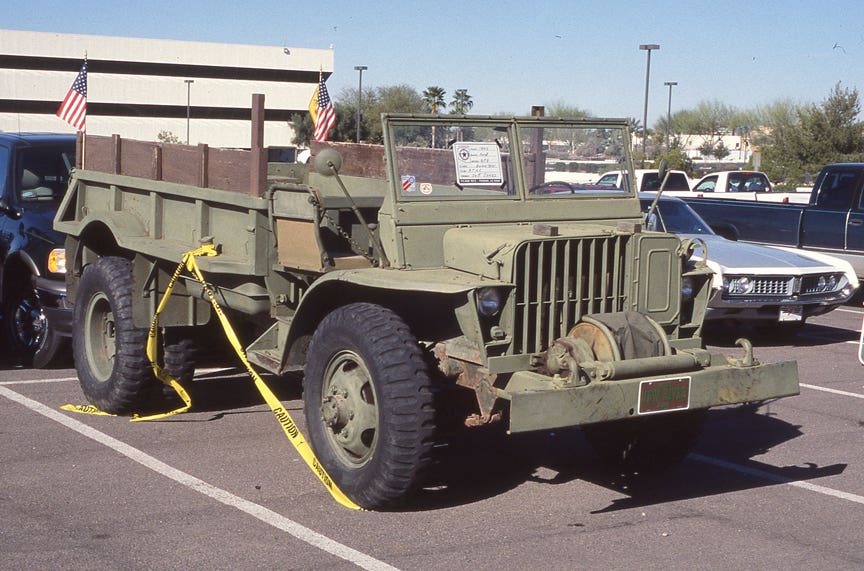
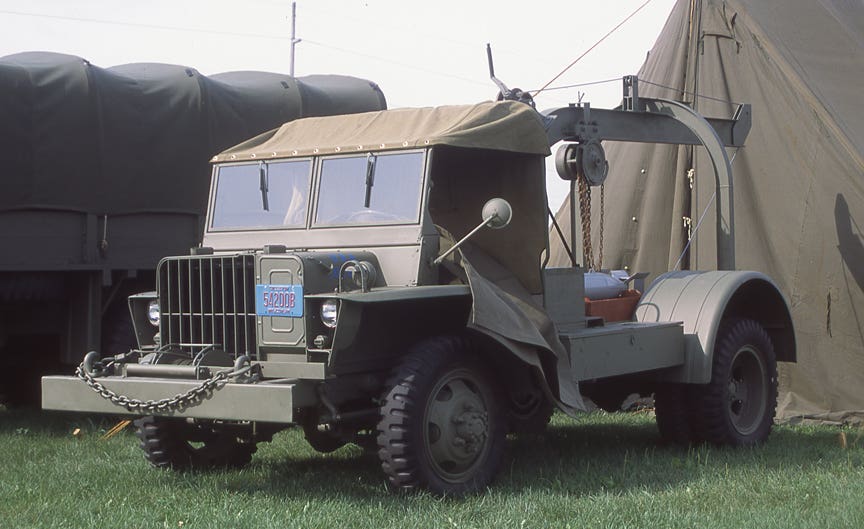
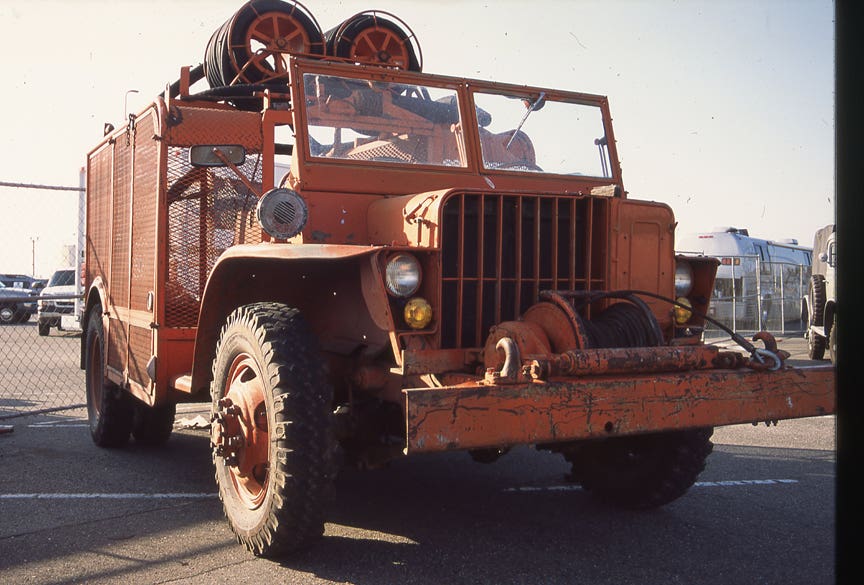
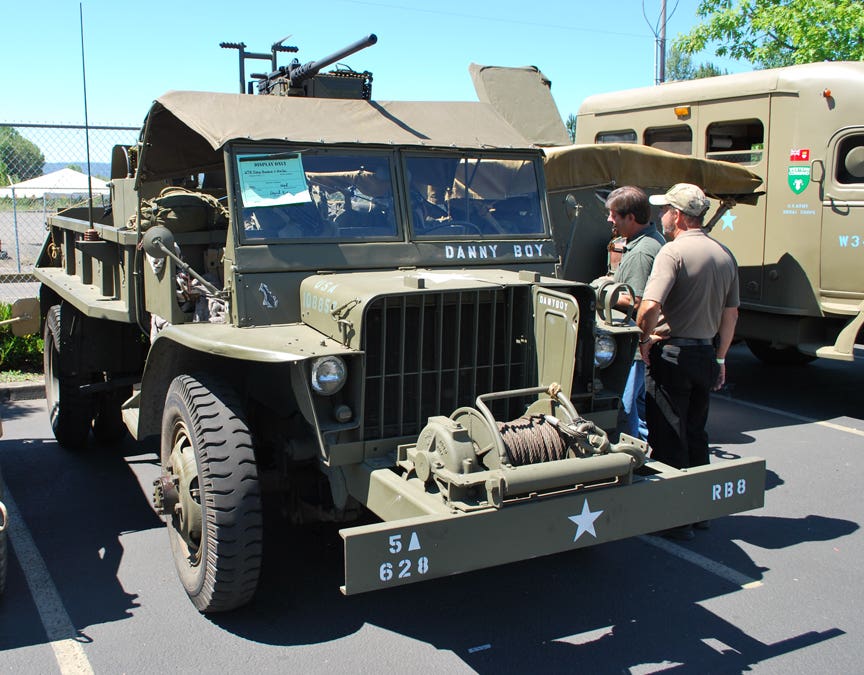
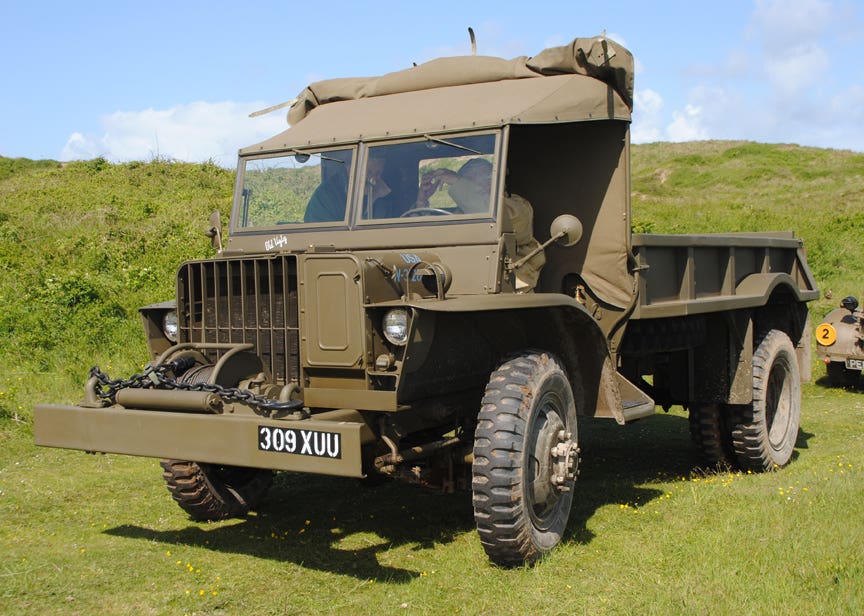
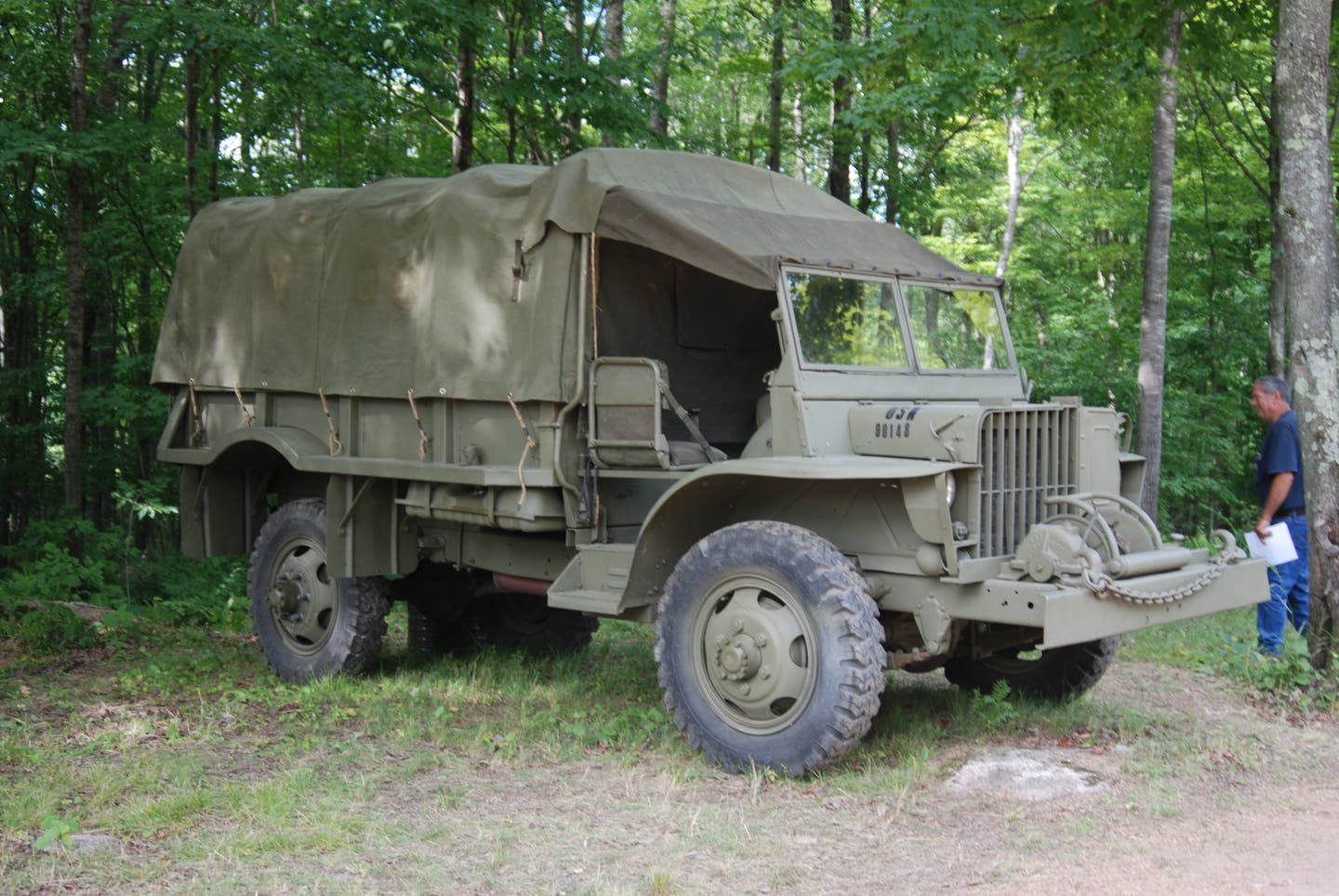
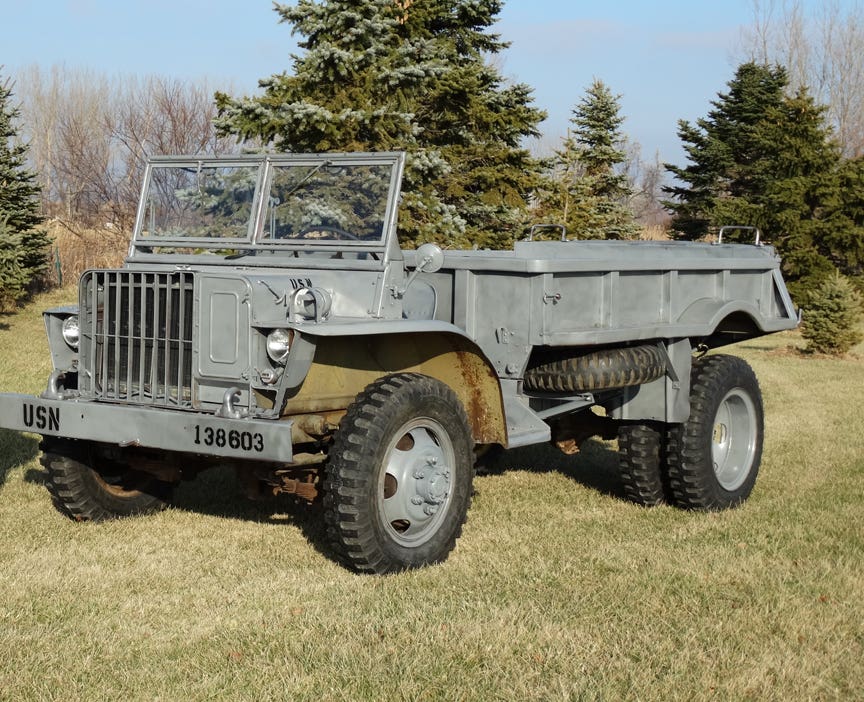
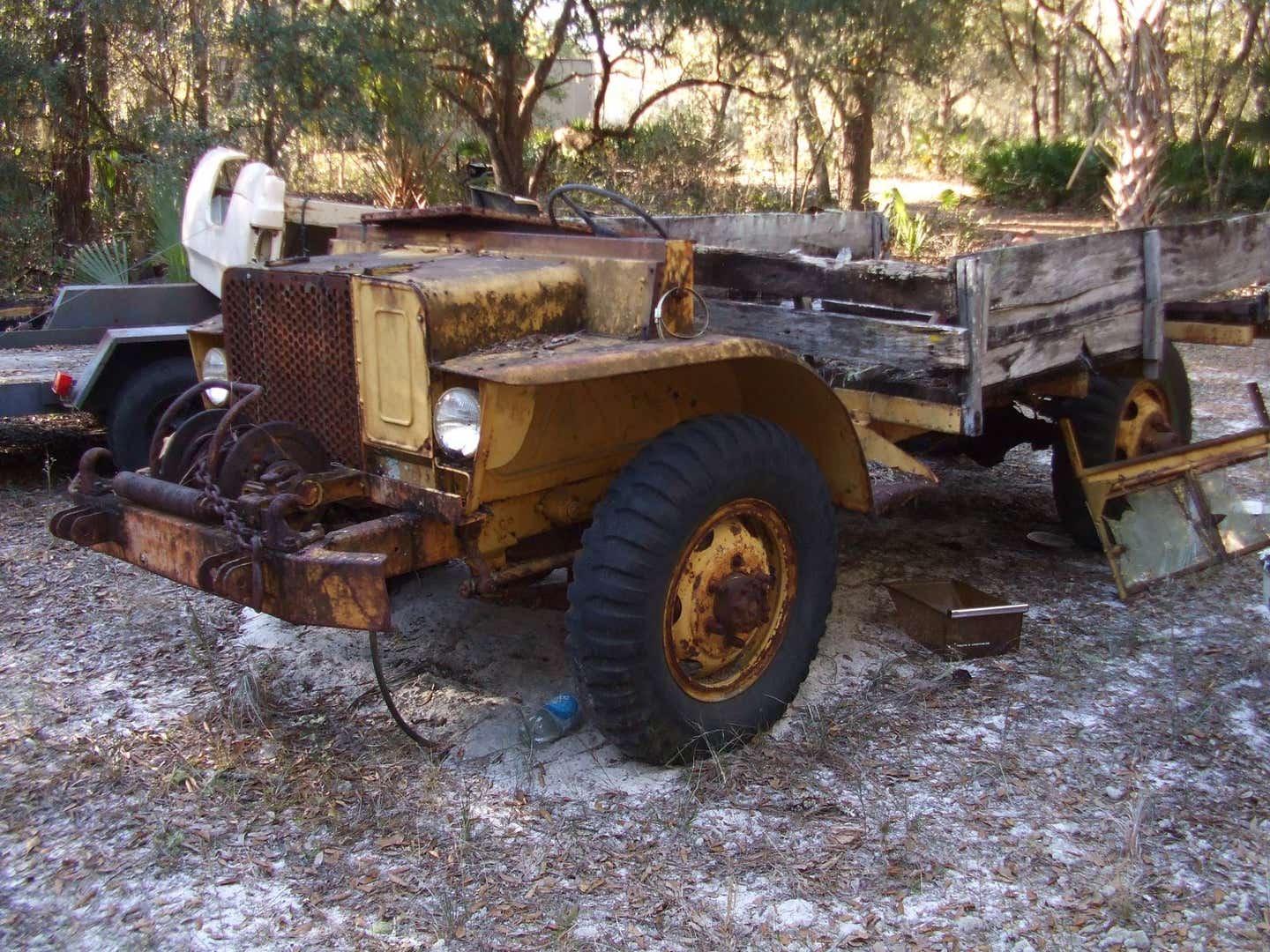

There is a dedicated web site for owners of Ford GTB-622 vehicles: www.fordgtb.com maintains a list of registered owners and contains pages full of helpful advice and links.




